The word Dressage can be translated from French to mean “training” and although it has lost some of its credibility thanks to competition, the original intentions are invaluable. Even if you strictly ride western and loath the sight of any english discipline you can benefit from incorporating the fundamentals of Dressage into your riding and training habits.
Although most people can identify someone implementing Dressage in their program based on the saddle they are riding in and the outline of their horse, pinpointing the actual elements which ought to be present in those riders isn't always at the forefront of everyone's consciousness. I want to look a little closer at what is known as “The Training Scale” or the “Dressage Pyramid” and its importance.
Before I talk about how Dressage can benefit riders of every discipline and riding style, I want to go into the scale/pyramid and look at each individual element. After that I think the benefits will be more obvious. It is comprised of 6 elements.
- Rhythm
- Relaxation
- Contact
- Impulsion
- Straightness
- Collection
Each of these elements is built one upon the other, which is why it is often referred to as a pyramid. Think of the food pyramid, the food groups which make up the largest portions of our diet lie at the base of the pyramid. Unlike the food pyramid however you cannot simply exclude one element and still gain the others. You can produce an external appearance of these other elements, for example a rider can produce a horse who appears to be straight and collected but has no rhythm, relaxation, collection or impulsion. The problem with developing the horse in this way is that he will suffer in some other area. Many dressage horses develop joint and muscle problems at an earlier age, hit a wall in training where they cannot advance beyond second or third level and so on.
The beauty of such a system as the training scale/pyramid is that if you are having problems with one element you know to look back at those which are at its foundation to see where holes exist or improvements are needed. In my opinion this is a fantastic way to implement critical thinking skills and also eliminates a lot of guess work.
It is common now to see riders who compete based on the appearance of their horse vs. the horse's actual development along the training scale/pyramid, which can account for many of the reasons riders are turning to other methods including rollkur/hyperflexion/LDR in order to improve the appearance of the horse's gaits and secure higher scores in competition. Riders whose horses are solidly developed along the training scale however will always shine and stand out even without the extreme leg movement that is popularized right now.
Rhythm
The value of Rhythm is without question. Not only does it develop a baseline upon with the horse's physical development can be judged but also makes relaxation possible. I like to think of it like a metronome – the regular tick, tick, tick, tick, tick can almost bring autonomous hypnotism as your thoughts and actions fall into regularity. There is a reason that pianists practice with a metronome, the continuous rhythm assists them in reaching the same rhythm in their playing.
When we begin working with the horse it is important to develop them in a way that allows their body to carry a rider without undue stress and burden. When they are not yet physically fit the rhythm to which they move will be irregular, just as a persons' movements are when they lack the physical fitness to perform certain actions. So in monitoring the horse's rhythm you can begin to understand their physical strength and preparedness for the work you are asking of them.
Sometimes it helps for me to think of rhythm in terms of how it works with entrainment. If you've never heard of entrainment I encourage you to do a little research on it. I thought I had already written up a post about it but alas it looks like I will have to put that on my “to do” list for the moment.
Relaxation
The next building block is Relaxation. Some will refer to it as suppleness but I really prefer to call it relaxation as I feel that is a more clear definition. In order to reach physical relaxation the horse's body must be strong enough to work without strain. You cannot ask a person to be relaxed while jogging if it has been ten years since they have moved faster than a walk. Their muscles will be strained to perform what is being asked of them and as a result relaxation cannot be present. If however you were to ask a marathon runner to go for a jog it would be a simple task for their body and as a result they could do it in quite a relaxed manner.
Following a relaxed body the mind will follow. The horse's mind will fret and stress if they are not physically capable of performing what you are asking. They will be out of balance – something that no prey animal likes to be faced with.
Contact
Following relaxation comes Contact, an element which I believe is introduced far too early in the horse's training – or perhaps expected too early on. Many look at contact as being the connection between the rider's hands and the horse's mouth through the reins. I prefer to view contact in a slightly different way though. I imagine it as the ability to communicate with all of the area's of the horse's body – not just the mouth. It means that I can influence the front legs, hind legs, the mouth, the back, the belly, the horse's mind, and not just through the reins but through all of the aids in their simplest forms.
In the simplest forms the aids are singular. One rein alone. One leg alone. The seat alone. Often the aids are combined however to access all the areas of the horse but I feel that if combining the aids is necessary to influence the horse then there is another element missing which may be rhythm or relaxation.
Impulsion
Perhaps grossly misunderstood, and with good reason, is Impulsion. I've heard people describe it as forward, speed, extension of the gaits, push from the hind limbs and so on. Sometimes it reminds me of the various descriptions I've heard over the Half Halt – many surrounded in vague wording.
Free-flowing energy initiated by the rider, causing the horse's back to swing, his quarters to engage, and his forelegs to articulate is impulsion.Art of Riding
A horse is said to have impulsion when the energy created by the hind legs is being transmitted into the gait and into every aspect of the forward movement.Sue Morris : Classical Dressage Notebook
For me it helps to think about where impulsion originates. It follows rhythm, relaxation and contact. It is also a form of energy. So impulsion is the element that comes when the horse movements rhythmically, is relaxed in body and mind, and every part of his body can be communicated with clearly through any of the aids acting on their own. Impulsion then is the rider accessing the horse's energy in the simplest form of communication without hesitation or tension while the horse is physically capable of responding rhythmically.
Straightness
Once the horse is in rhythm, relaxed, able to be communicated with clearly and the rider can influence his energy, the next level of the pyramid can be achieved – Straightness. If we are unable to influence the horse's energy then all we are able to do is block, push and pull the horse into something that might appear straight. Being able to access the energy directly however requires far less physical effort on the part of the rider, does not result in degenerative or damaging physical results in the horse, and also produces a much more harmonious and attractive picture.
Straightness simply cannot exist without the base elements below it. Without rhythm the horse will be moving irregularly and one part of the body will have to work harder to make up for the other, weaker, areas. In a horse which lacks relaxation there will be a more pronounced presence of one-sidedness. Just as people generally have a stronger side so does the horse and with tension this imbalance grows. If the rider cannot communicate with all the areas of the horse's body he also cannot directly and simply influence an area which interferes with developing the horse's straightness. And finally, without impulsion the horse's energy can also be out of balance with no means for the rider to channel it back into harmony and thus develop true straightness.
Straightness is not something which the rider creates, but rather it is the result of all the foundation below it having been developed systematically, patiently and correctly.
Collection
For as much as it is talked about, Collection is the top tier of the pyramid which is rarely achieved in its truest form. That being after all of the other elements of the scale/pyramid having been developed correctly. Everyone wants to be a billionaire and no one wants to have to break a sweat doing it or go out of their comfort zone. The same happens with collection – we all want to ride a horse which is collected and beautiful but the time and effort involved in developing everything necessary to its actualization can get in the way. We'd rather inherit the cash from a rich distant relative who kicked the bucket.
To honestly ride a horse in true collection is vastly different from riding a horse which appears collected. The reason for this is a truly collected horse has an amazing amount of energy simply at the disposal of the rider to direct, and all of that energy is focused in one direction – that is through straightness. I think of it like if you are walking a pack of dogs and all are pulling in opposite directions, they will help keep you in one place. If however they were to all align in one direction you would be overpowered by their combined energy. The horse is the same way, there is no wasted energy. He is physically capable of performing the tasks that are being asked in such a way that he is also relaxed. He is no longer a run down sedan but instead a powerful sports car.
In Other Disciplines
If these elements were implemented in other disciplines the horse's power grows exponentially. You do not have to ride your horse in a dressage saddle, in a snaffle bit, in an arena even, to develop these characteristics. That is the beauty that lies in Dressage. It has been transformed in the public's eye as being a competitive sport but the truest qualities of Dressage can exist in any discipline including those just ‘hacking' around in their backyard. And that, in essence, is why I love Dressage.
Perhaps the only question to go along with this piece is to ask yourself if you as a rider have all of these elements. Are you in rhythm by having the physical strength to perform? Are you then able to do the work in a relaxed state both physically and mentally? Can the horse communicate with you clearly through the aids and vice versa (remember, it's a conversation and not dictation.. *wink*)? Is your energy able to be channeled at will? Can your energy not only be channeled but also be aligned into straightness?
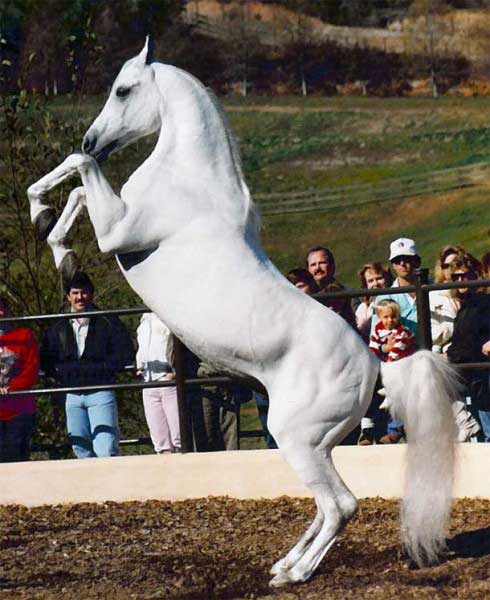

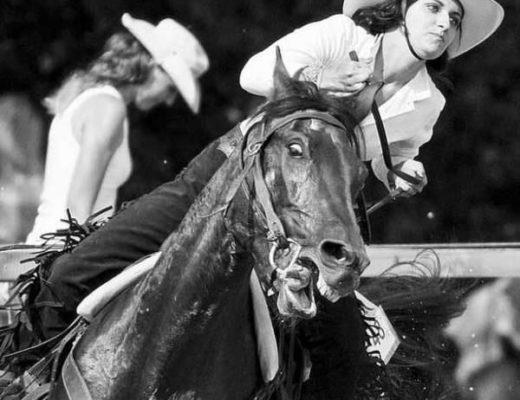
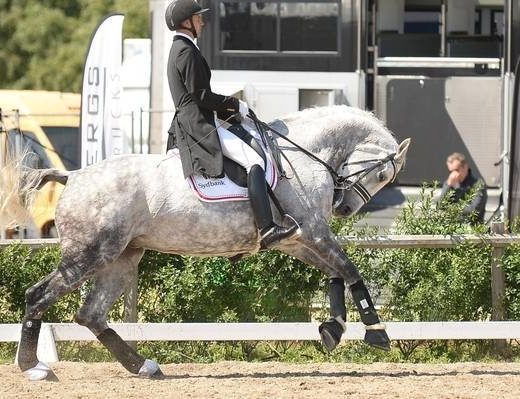
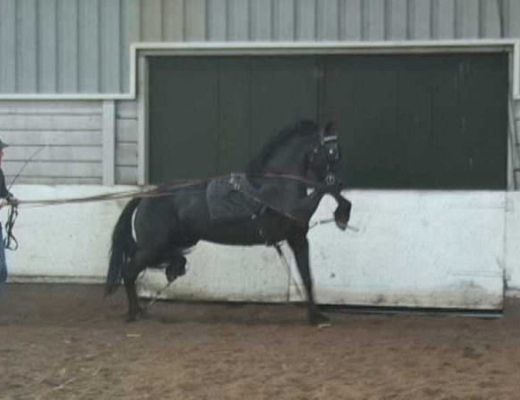
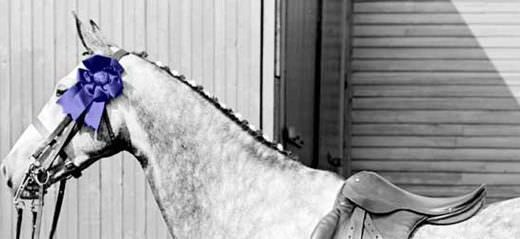
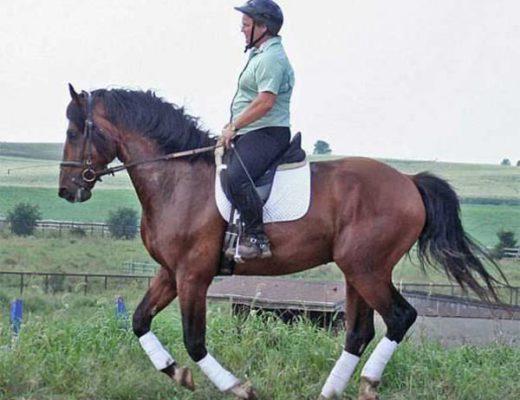
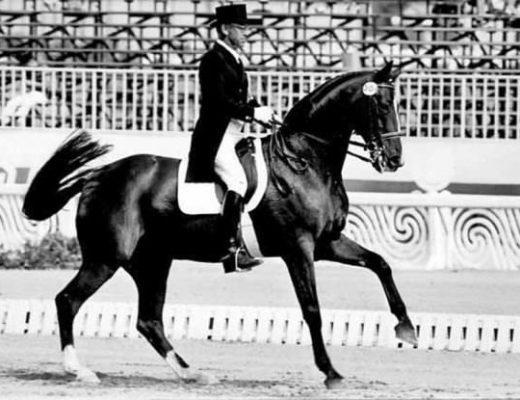
love the way you explain this 🙂
Thanks Bree! 🙂
Thanks so much for your insightful messages. I use them as a self motivator and send them to my riding students so they may affirm their beliefs and riding/handling practices with their horses. Your thoughts and sharing are very much appreciated.
Thank you for the explanation, I really enjoyed reading it !! ….. and I really agree … My main problem is that I’m often too impatient and so I start expecting things from both me and my horse too soon in the training and that’s when it starts going wrong … this article helped me relax a bit 🙂
It’s human nature Elune. 🙂 Particularly in our society/culture which supports and promotes immediacy.
Wow, great post! My problem is impatience as well. http://www.psychologytoday.com/blog/turning-straw-gold/201305/impatient-why-and-how-practice-patience
I found your article reinforced what
My trainer Debbie Jones in the UK has been saying to me . I must relax
More and get into the rhythm .